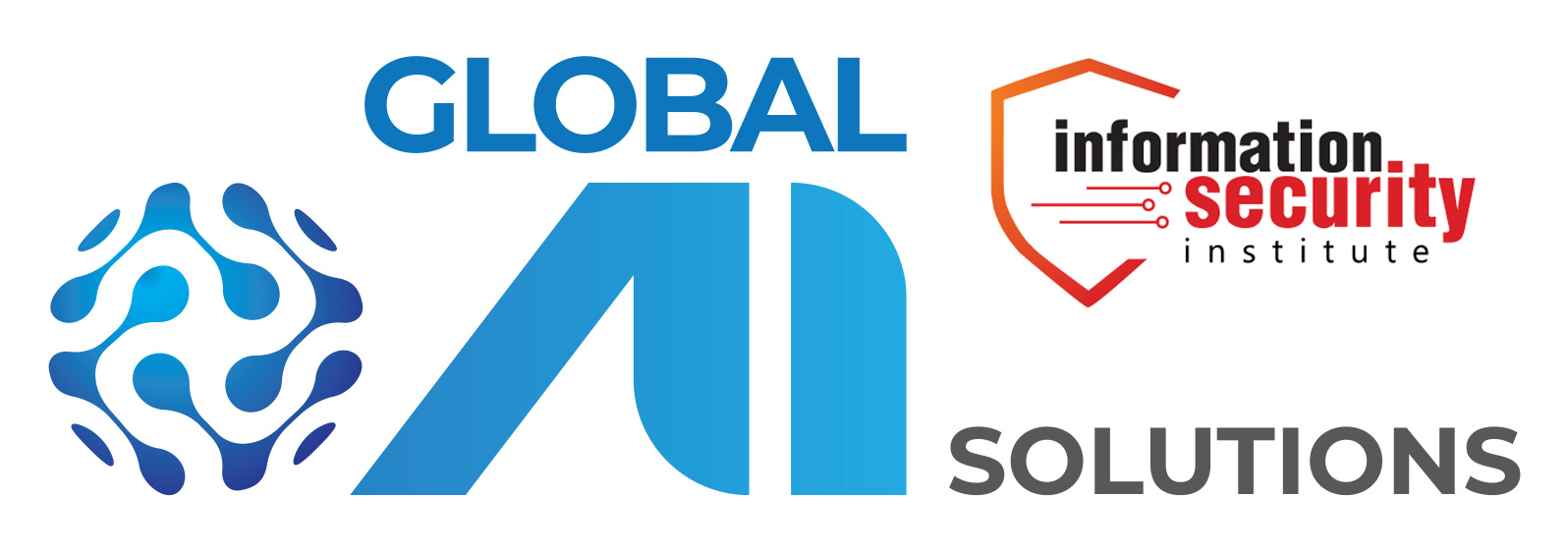The consolidation of the Chief Artificial Intelligence Officer (CAIO) and Chief Information Security Officer (CISO) roles reflects a pragmatic response to economic pressures and the need for streamlined company operations. Merging these positions can be seen as a strategic move to maximise resources and align technology initiatives with security protocols.
From an AI perspective, integrating these roles can foster a more cohesive approach to leveraging AI technologies while ensuring robust security measures are in place. The CAIO can drive innovation in AI applications. At the same time, the CISO can ensure that these technologies are implemented with security in mind, protecting sensitive data and mitigating risks associated with AI vulnerabilities.
However, this consolidation also raises concerns. The complexity of AI systems and their potential security implications require specialised knowledge. A singular focus may dilute the attention needed for either role, potentially leading to security oversights in AI deployments or underutilising AI’s capabilities to enhance security measures.
Ultimately, as companies navigate economic challenges, the decision to combine these roles hinges on the ability to balance innovation with security. Organisations must evaluate their unique needs and infrastructure to determine if this consolidation can deliver the desired outcomes without compromising.
Integrating AI technologies into business operations can bring significant benefits but presents several challenges. Here are some common issues businesses may face:
- Data Quality and Availability: AI systems rely heavily on data. Poor quality data or insufficient data can lead to inaccurate predictions and insights. Businesses often struggle with data silos, lack of standardised data formats, and incomplete datasets.
- Skill Gaps: There is often a shortage of skilled professionals who understand AI technologies and can implement them effectively. Organisations may face difficulties in hiring or training staff with the necessary expertise in AI, machine learning, and data science.
- Integration with Existing Systems: Incorporating AI into existing IT infrastructure can be complex. Legacy systems may not be compatible with new AI solutions, requiring significant adjustments, which can be time-consuming and costly.
- Change Management: Employees may resist adopting AI technologies due to fear of job displacement or unfamiliarity with new processes. Effective change management strategies are needed to foster acceptance and ensure smooth transitions.
- Ethical and Regulatory Concerns: AI raises ethical questions around data privacy, bias, and accountability. Businesses must navigate regulatory requirements and ensure compliance, which can be challenging in a rapidly evolving landscape.
- Scalability: Developing a proof of concept for AI is one thing; scaling it across the organisation is another. Businesses often struggle to scale AI solutions effectively, leading to inconsistent results and wasted resources.
- Cost of Implementation: While AI can drive efficiency, the initial implementation costs—such as software, hardware, and talent—can be high. Businesses need to carefully evaluate the return on investment before proceeding.
- Performance Measurement: Assessing the effectiveness of AI initiatives can be difficult. Businesses must establish clear metrics to evaluate performance and determine whether AI delivers the expected value.
- Security Concerns: Integrating AI can introduce new security vulnerabilities. Businesses must ensure that AI systems are secure, and that sensitive data is protected against breaches.
- Rapid Technological Changes: The pace of AI advancements means that technologies can quickly become outdated. Businesses must stay abreast of developments and be prepared to adapt their strategies accordingly.
Addressing these challenges requires a well-thought-out strategy involving cross-departmental collaboration, ongoing training, and a commitment to ethical AI practices.
Participate in one of our CAIO Certification training, either online or on-site.





